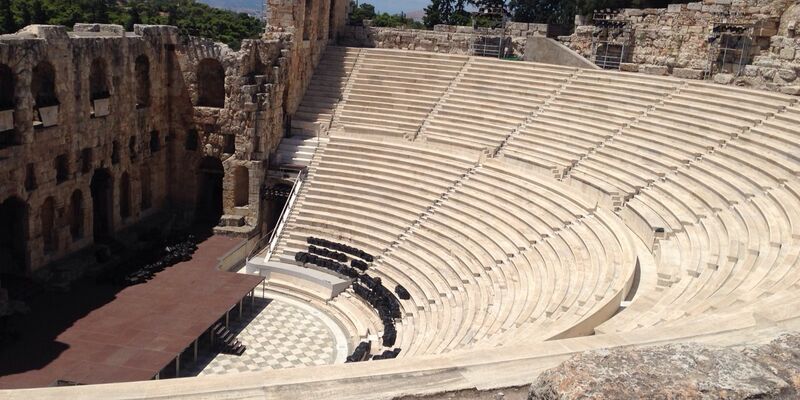
- Student , Research
- 03/03/2015
Students unravel acoustic secrets theaters ancient Greece
What’s the acoustic secret of ancient Greek theaters? It’s the question six Built Environment students will try to answer in and around Athens in late March. They want to know whether there’s a scientific explanation for the supposedly excellent reputation of the acoustics in the outdoor theaters. To that end, they’ll be conducting measuring experiments in the theaters of Argos, Epidaurus, and the Odeon of Herodus Atticus.
On March 22, six students will be travelling to Greece for a ten-day study. One of them, Adonia Diakoumis, has Greek roots. The three theaters that will be researched are large: the outer ring of Argos is sixty meter from center stage. Epidaurus could seat 14,000 people, Argos no less than 20,000. When trying to measure all those seats, using cables is pretty much impracticable. “Wireless measurements are tough when researching acoustics,” says Built Environment student Bas Peeters. “As far as we know, there’s never been a large-scale outdoor wireless measurement like this. The method developed by Constant Hak, which he tested in the Muziekgebouw during the 2014 Dutch Design Week, enables us to conduct reliable wireless measurements in these theaters.”
The Ancient Acoustics project thrives on the students’ enthusiasm. It’s not a graduation project, and they only receive 3 ECTS for it. “Preparation alone takes more time than that,” says Bas. But after the project they’ll know if their slogan ‘Seeing well is hearing well?’ can be substantiated scientifically.
Discussion